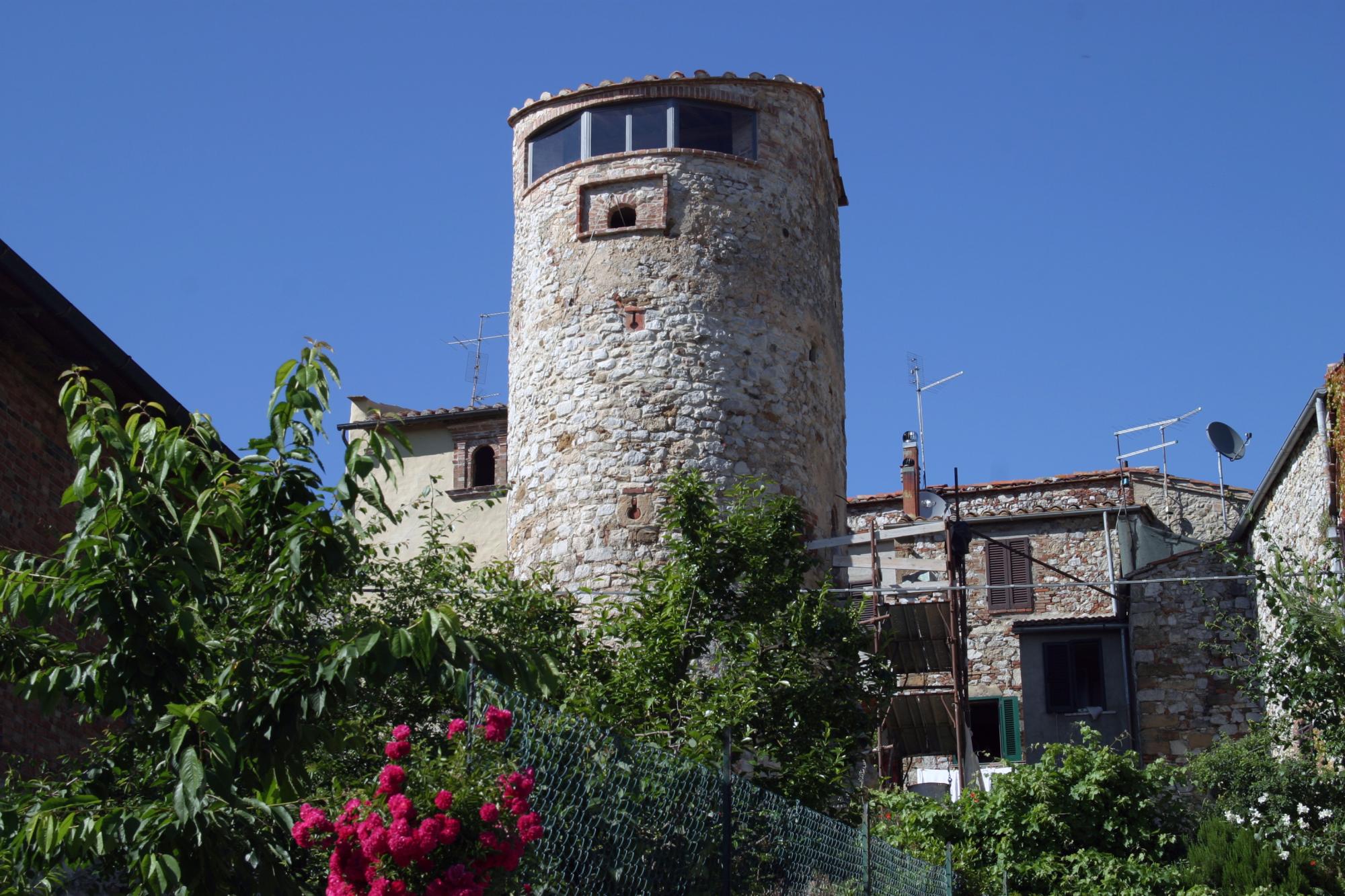
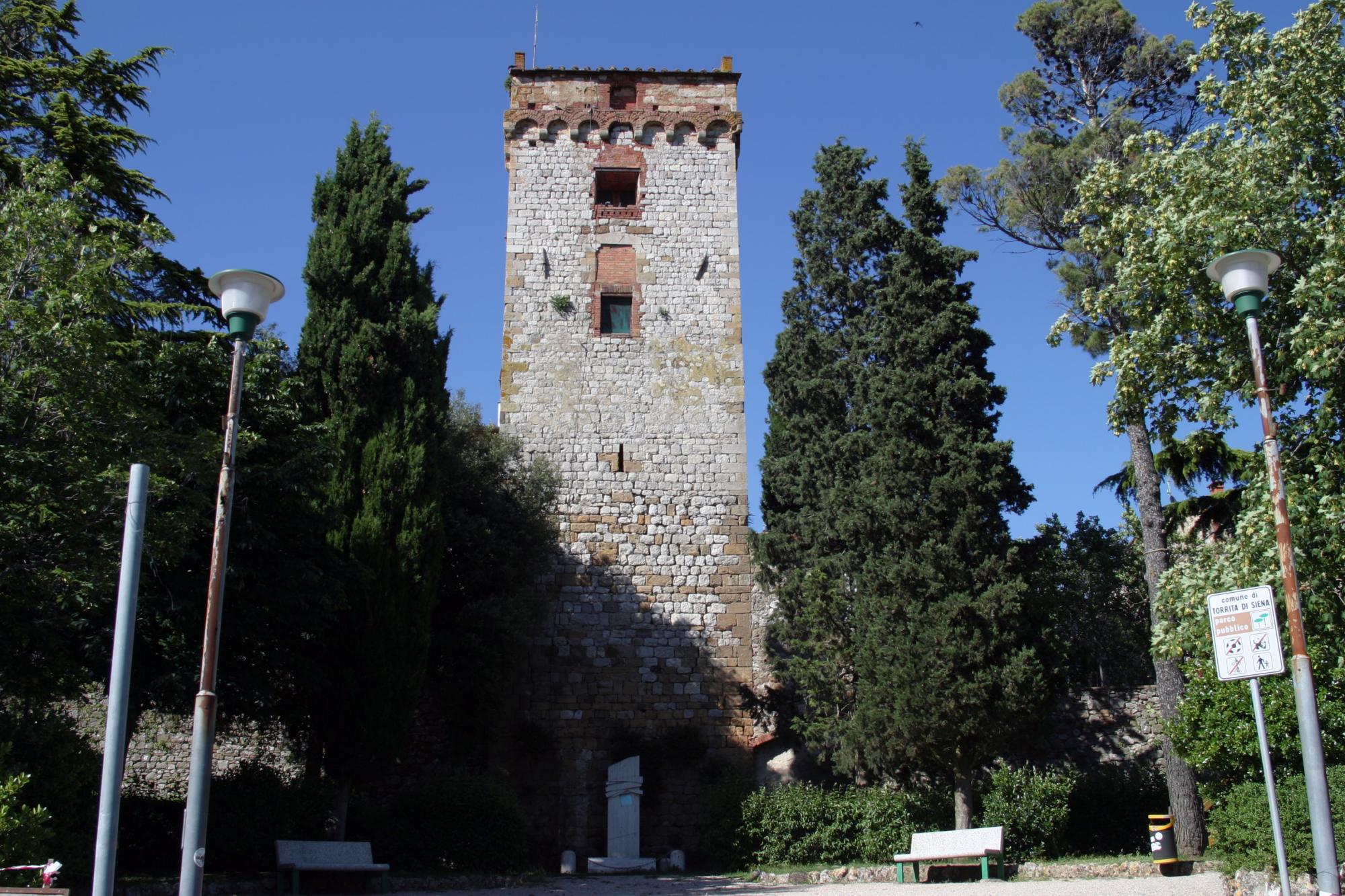
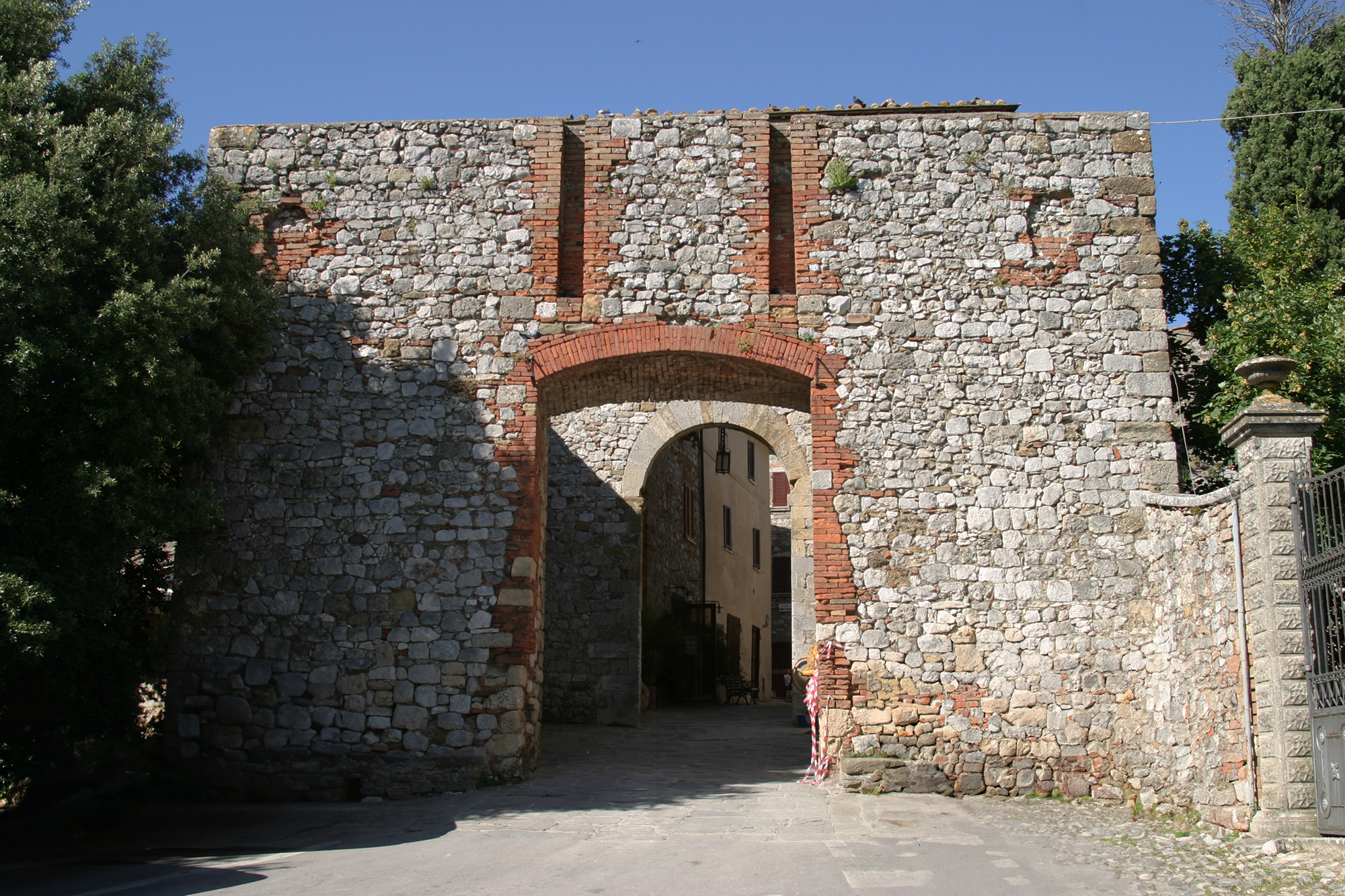
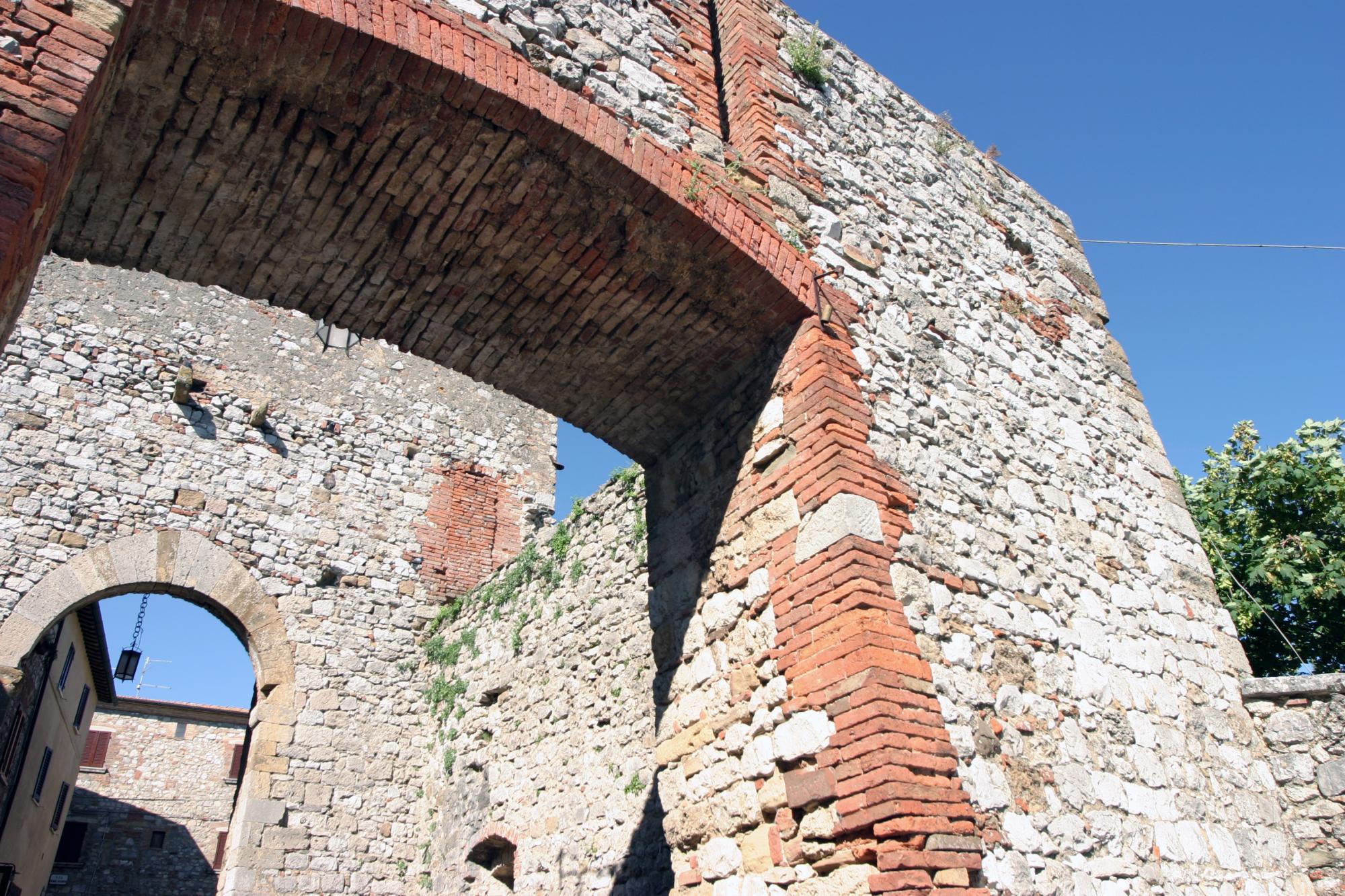
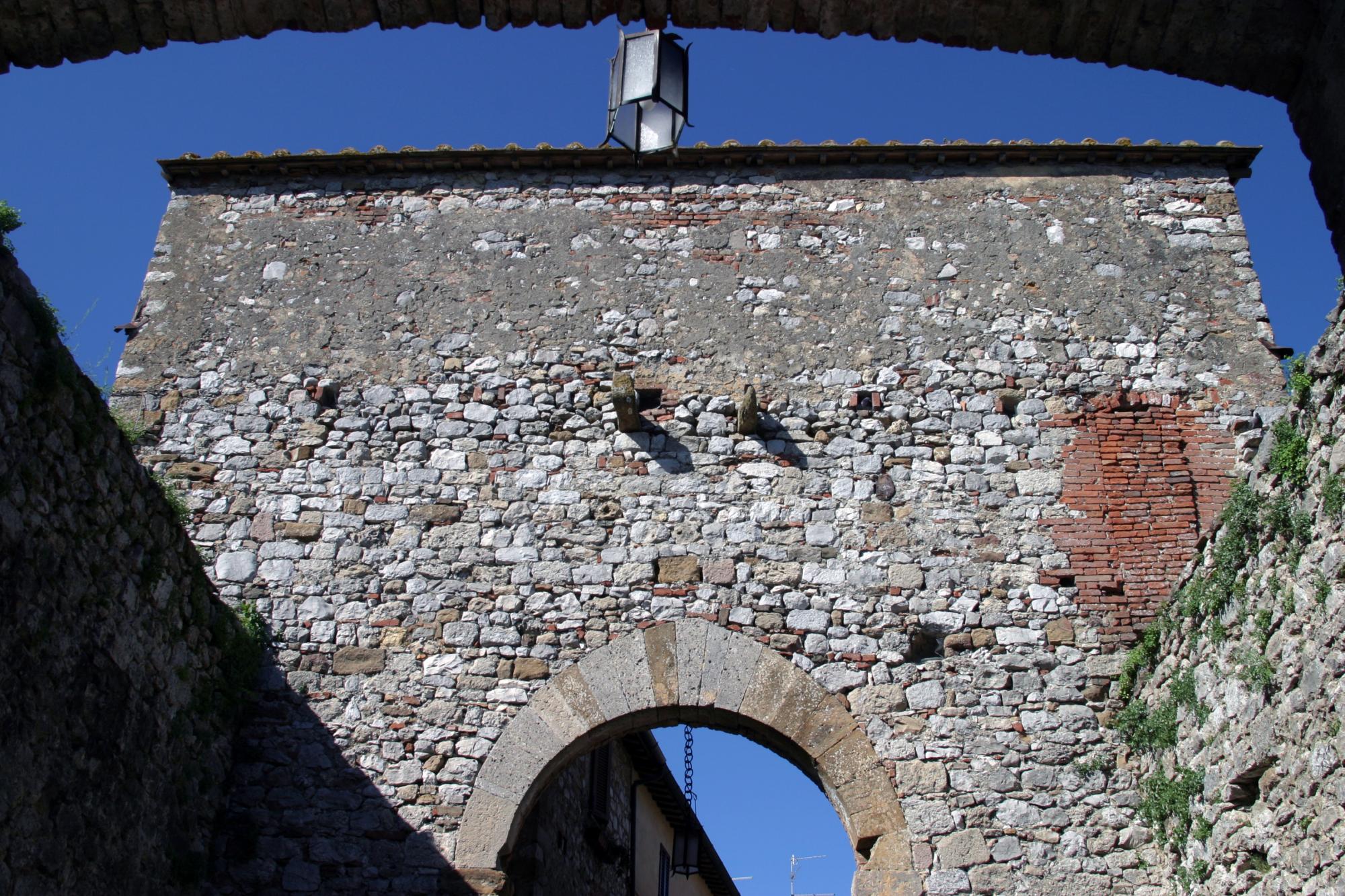
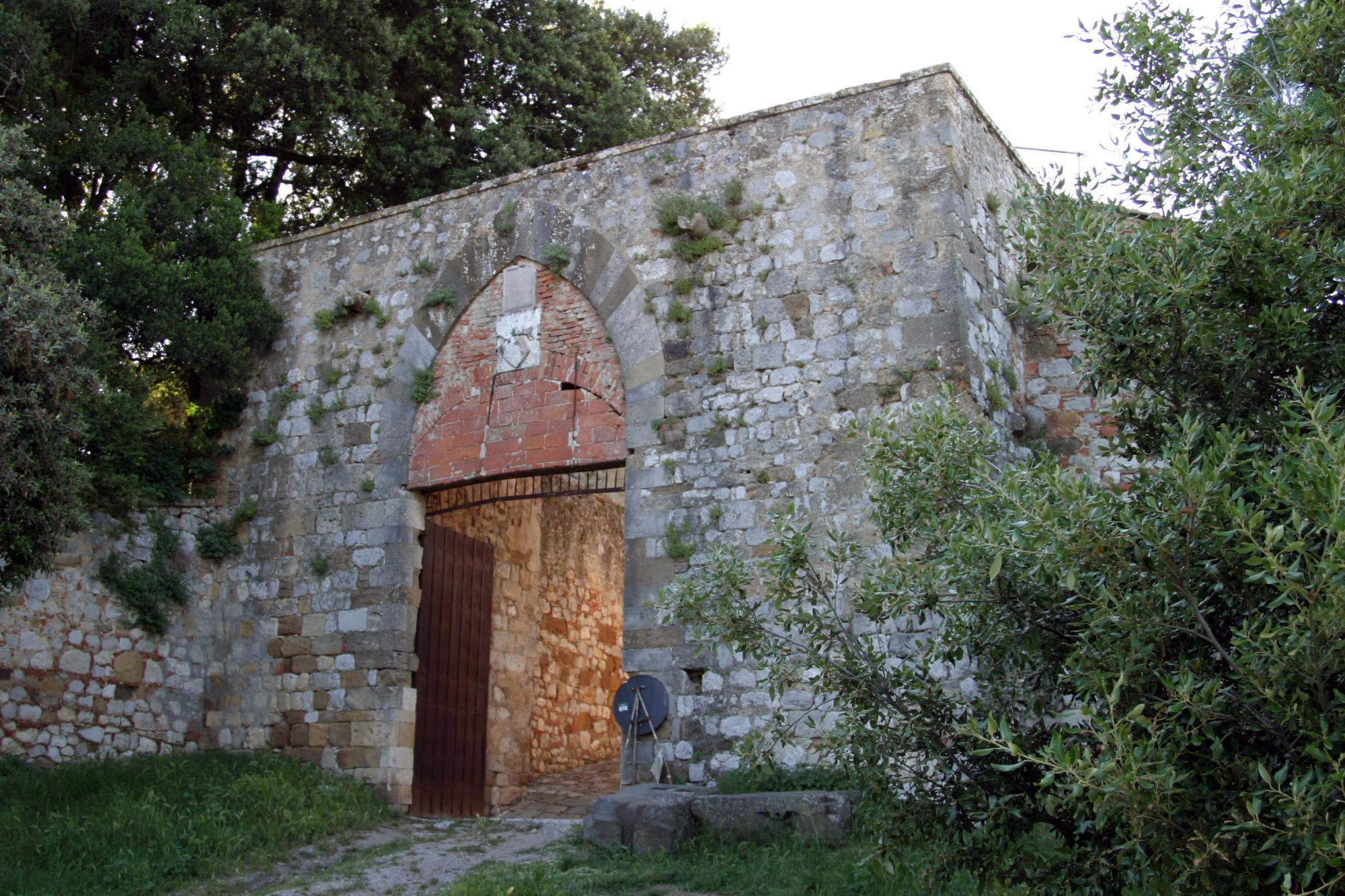
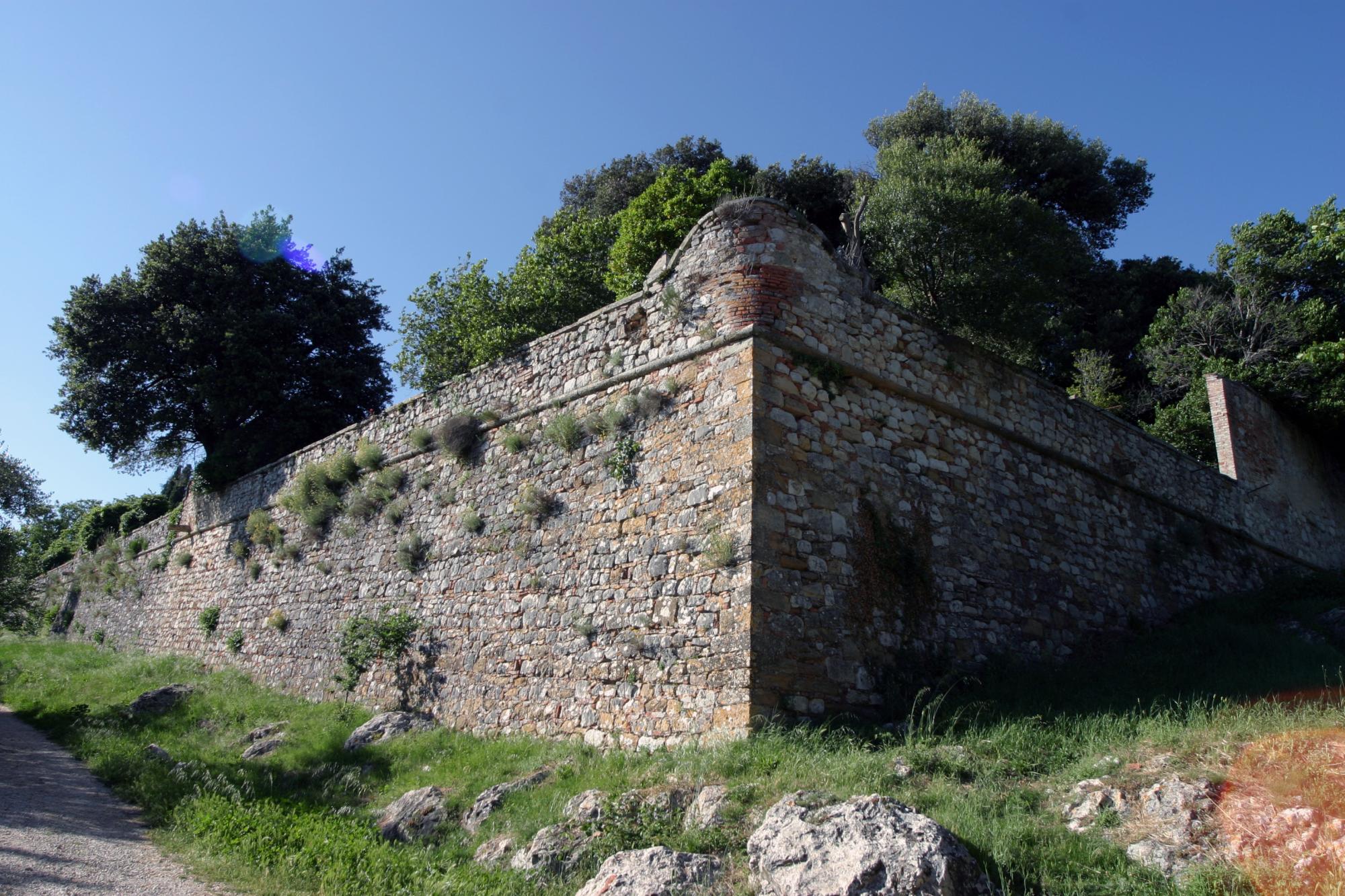
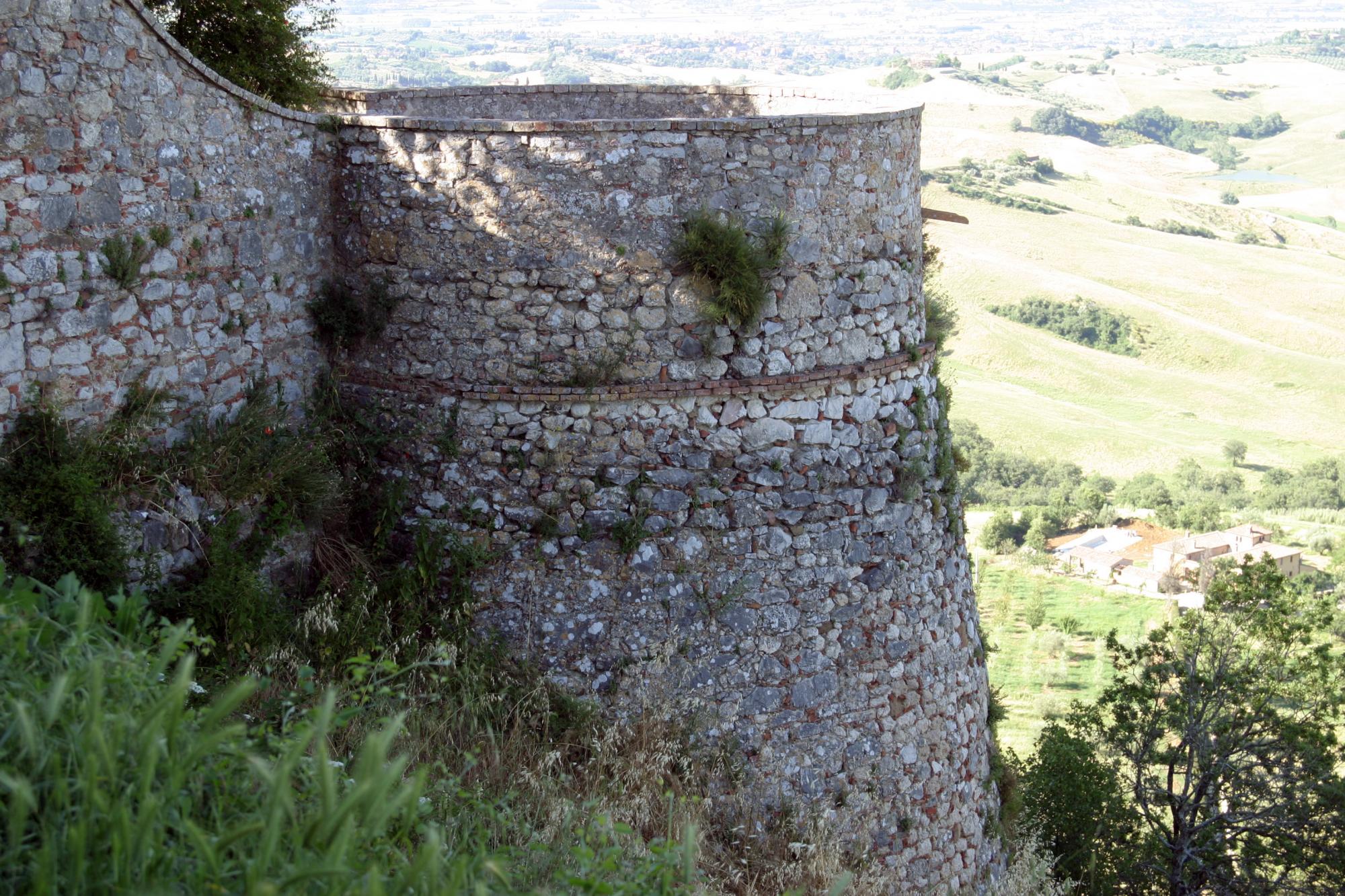
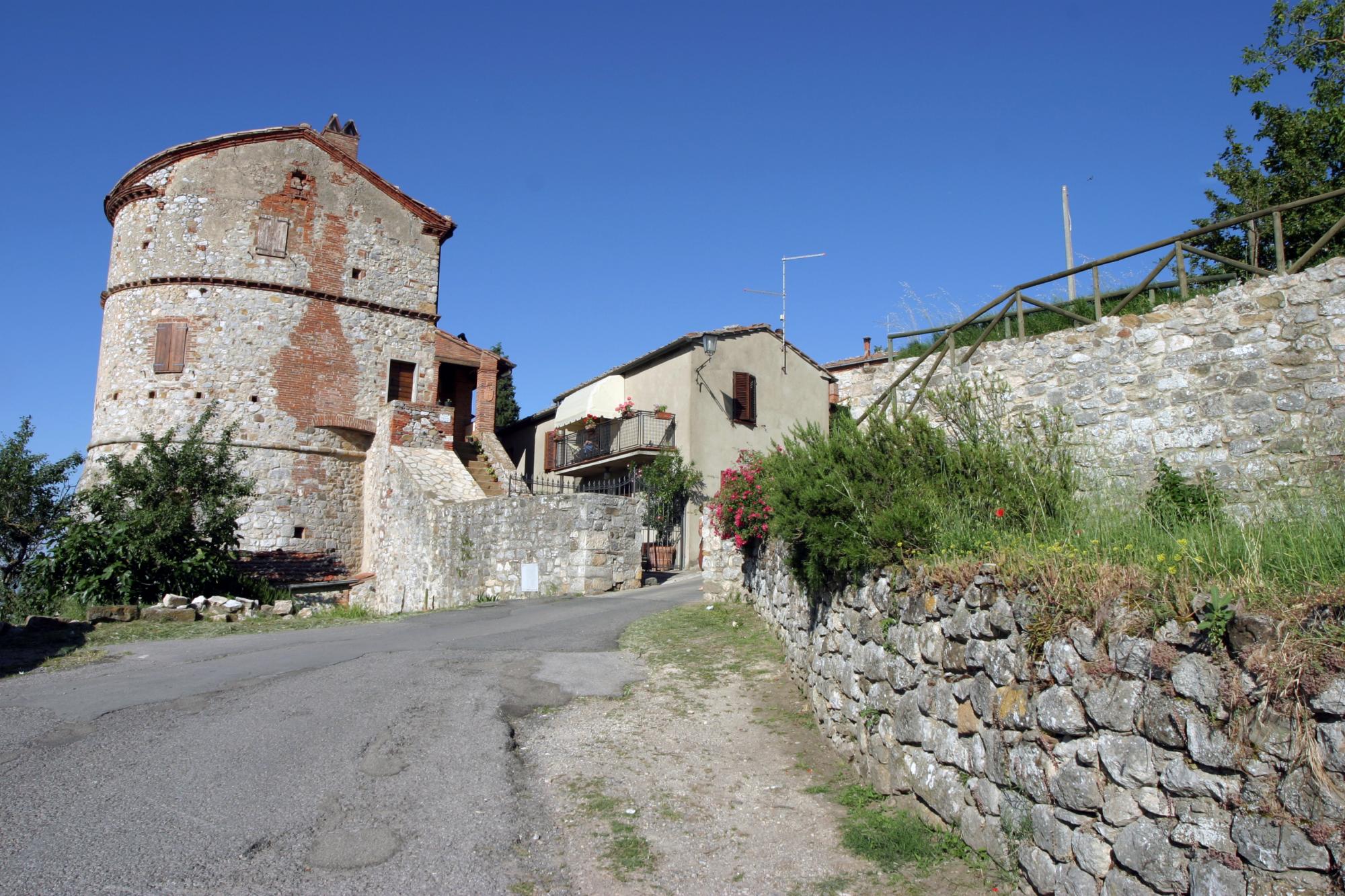
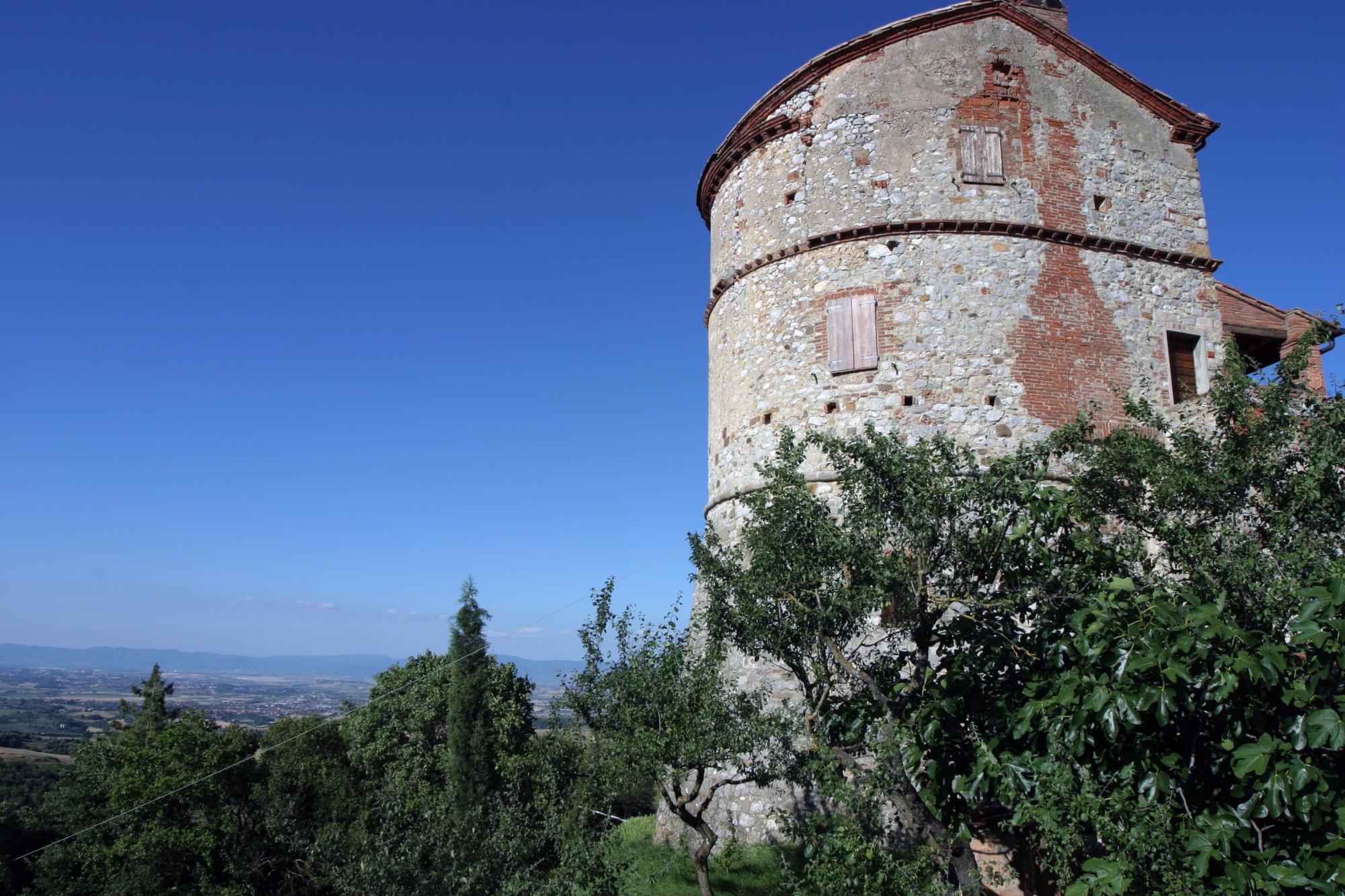
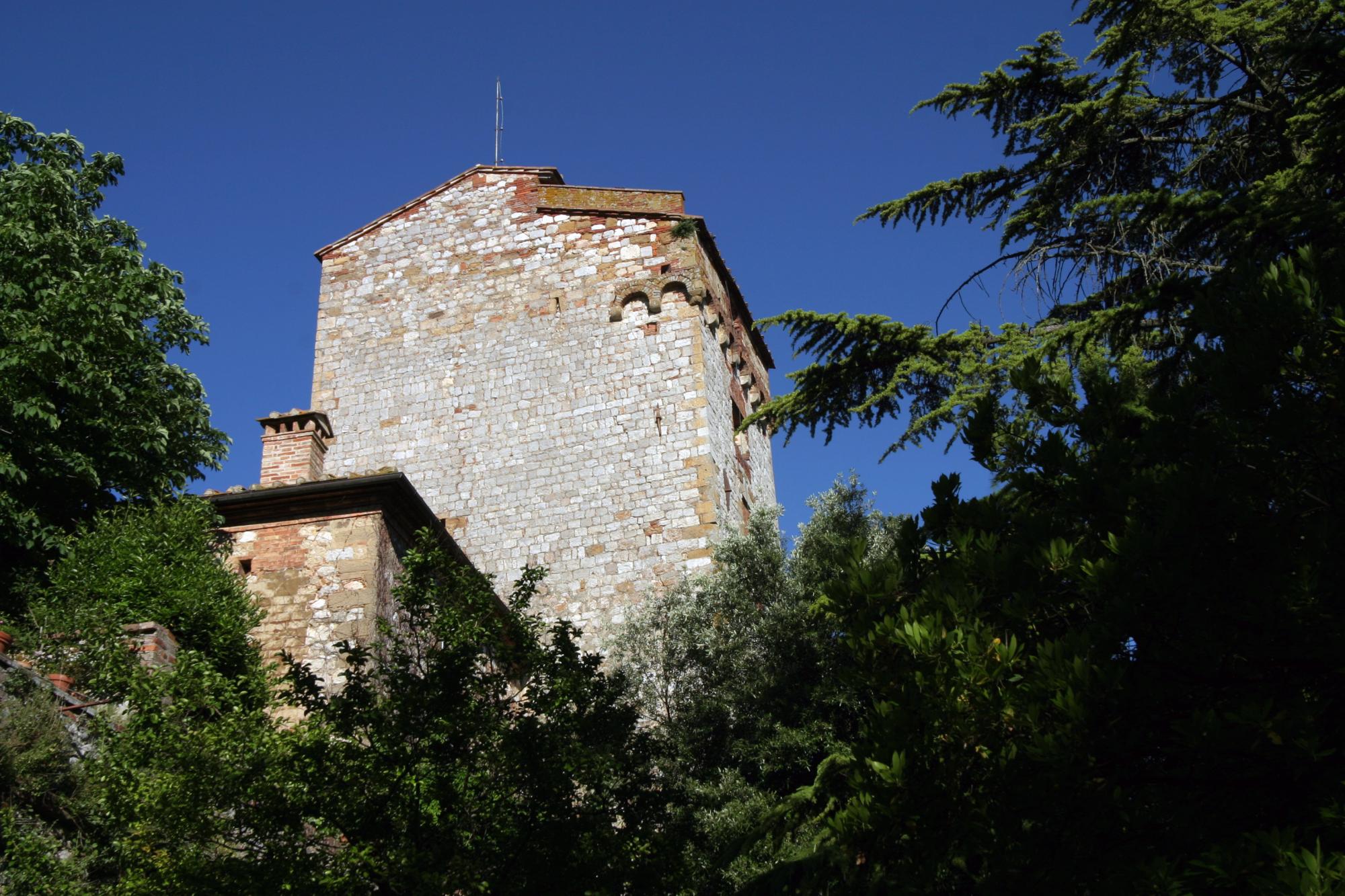











How to reach
The walled town of Montefollonico is reachable following the motorway A1 until the exit 'Valdichiana', then following the direction toward Torrita di Siena and Pienza. After about 5 km you will find a crossroad, turn left (coming from Torrita, right coming from Pienza) to Montefollonico.
History
Montefollonico had a great development between the 12th and 13th centuries as a walled border town of the Sienese Republic, built on pre-existing Etruscan and Roman settlements. Its name is from the Latin word fullones, which is the name given to the wool workers (Monte a Follonico = place where the wool is worked).
Before the year 1000, the territory was controlled by the feudal family of the Ardinughi, but the most ancient document about Montefollonico dates back to 1202, which is a promise of Siena to send some soldiers to defend the hamlet from the attacks of the nearby Montepulciano. A few years later, in 1229, Montepulciano attacked Montefollonico again, devastating houses and the whole harvest. Then was Orvieto, in 1234, to raid Montefollonico and the nearby Santa Maria Abbey. After this new attack, the Sienese Republic strengthened the town walls, making Montefollonico a strategic point in its border-castles chain.
The position along the borderline made the walled town the object of hundreds of sieges and skirmishes, like the one in 1266 suffered by the Guelphs exiled from Siena, and in 1268, when Carlo d'Angiò took off Montefollonico from the Sienese dominion to give it in fief to Donosdeo Tolomei. In 1271, Siena regained possession of the town and undertook new fortification works.
We don't have notices on Montefollonico until 1432, when it was, in vain, besieged by the famous captains of venture, Niccolò da Tolentino and Niccolò di Fortebraccio. In 1553, following the destine of Siena, the walled town fell under the Medicean domain. In 1618, it became the fief of the family Coppoli from Perugia.
Montefollonico is still today, for the most part, encircled by the medieval stone walls, in some points dismantled, endowed by seven round towers and three gates: the Porta del Triano, the Porta a Follonica and the Porta del Pianello or Porta Nuova (also called Senese). This was the main town gate, a great example of fortified architecture of 14th century. It is protected by an outer barbican (in stone and bricks) once gifted by a drawbridge. The Porta a Follonica, today disappeared, was built entirely in stone with two lateral rounded bastions: only one survived to our days, the Torre Moreschini. The third gate, the Porta del Triano, is encircled by powerful walls, beside there are two round shaped bastions. From the middle of the southern curtain stand out the Sienese Cassero, an high squared tower.